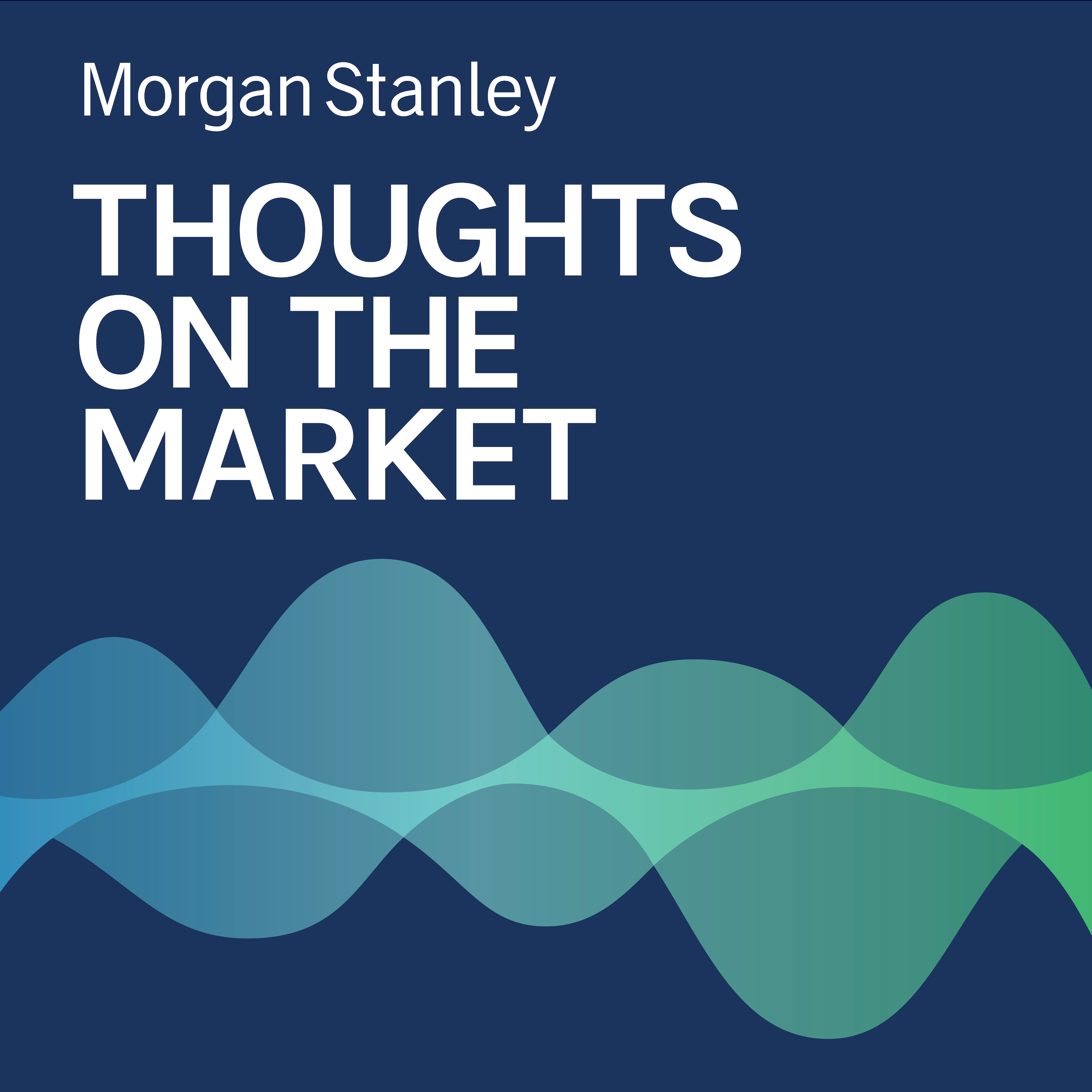Michael Zezas: What's Next for U.S./China Trade?

b"
As U.S. voters continue to show support for trade policy in regards to China, investors will want to track which actions could have consequences for China equities and currency markets.
-----Transcript-----
Welcome to Thoughts on the Market. I'm Michal Zezas, Head of Public Policy Research and Municipal Strategy for Morgan stanley. Along with my colleagues, bringing you a variety of perspectives, I'll be talking about the intersection between U.S. public policy and financial markets. It's Tuesday, May 3rd, at 2 p.m. in New York.
You might recall that, for much of 2018 and 2019 financial markets ebbed and flowed on the tensions between the U.S. and China over trade policy that led to escalation of tariffs, export restrictions and other policies that still hinder commerce between the countries today. We remind you of those events because they could echo through markets this year as calls in the U.S. for concrete trade policy action have recently grown louder. The main catalyst for this has been reports showing that China has fallen short of its purchase commitments within the Phase One trade deal signed in February of 2020. And polls show that voters would continue to view U.S. trade protections favorably, which, of course, translates to strong political incentives for lawmakers to pursue 'tough on China' policies. So in light of this, it's worth calling out three potential policy actions and their potential effect on equities and currency markets.
The first is a trade tool known as a '301 investigation.' I'll spare you the mechanics, but a 301 investigation allows the U.S. to impose tariff or non-tariff actions in response to unfair trade practices. Media reporting has indicated that the Biden administration is considering deployment of a 301 investigation. Should the U.S. adopt non-tariff measures under Section 301 against China, such as further restrictions on the technology supplied to Chinese firms, China may respond with non-tariff measures on specific American goods. For investors, a tariff escalation would likely be a drag on bilateral trade in affected sectors and discourage manufacturing capital expenditures. As a result, broad equity market sentiment in China would likely be dampened, and it could mean further downside to our already cautious view on China equities.
The second potential action would be passage of the 'Make It In America Act,' which would enhance domestic manufacturing in some key industries and reduce reliance on foreign sources by reinforcing the supply chain in the U.S. The House and Senate have both passed versions of this bill, and we expect a blended version will become law this year. For investors, this event may be largely in the price. Currency markets will likely see it as just a continuation of ongoing competition between the two nations, without an immediate escalation. The effect on equity markets would be similarly mixed.
Finally, the U.S. could escalate non-tariff barriers in places such as tech exports. This last policy action could be significant, since non-tariff measures negative effects tend to be bigger and more profound than direct tariff hikes. We expect China to respond in kind, perhaps by launching an 'unreliable entity' list, which would mean prohibitions on China-related trade, investment in China and travel and work permits.
Currency markets would likely react, seeing this as a meaningful escalation, resulting in fresh U.S. dollar strength due to concerns about companies foreign direct investment into China. And for China equities, once again, it would mean further downside to our already cautious view.
Thanks for listening. If you enjoy the show, please share Thoughts on the Market with a friend or colleague, or leave us a review on Apple Podcasts. It helps more people find the show.
"